Major changes to the Army’s doctrine, equipment and operations have arrived in upgraded gear, future-focused technology and new ways to do battle.
But where these elements converge is in units filled with soldiers. And the Army isn’t letting its soldiers sit around and wait for new gear before figuring out how to fight a peer threat in large scale combat. They’re making major shifts in how big formations contribute while also tinkering with the look, function and capabilities of smaller, subordinate units.
Experts who spoke with Army Times looked at the formations to put the Army’s work into context. They agreed that the Army’s making many decisions that are warranted, some that are overdue and some that are still up for debate.
“The Army’s this huge organization that does a lot of things all at once. It’s a jack of all trades,” said Chris Dougherty, senior fellow with the Center for a New American Security.
Sometimes it’s difficult to discern coherence in these moves, Dougherty said. But even with the range of missions, from Europe-centered land warfare, to maritime-focused fires and logistics in the Pacific, as well as quick-reaction duties across the globe, the Army has one primary mission.
“Core to the Army’s existence should be the ability to conduct large-scale, combined arms maneuver warfare,” Dougherty said. “Once you lose that ability it’s really hard to retrain. It’s an incredibly important task and the Army needs to retain that. It’s one of the few forces on earth that can do it and do it well.”
To do that, the Army is looking top to bottom at existing and not-yet-created formations that will deliver decisive capability.
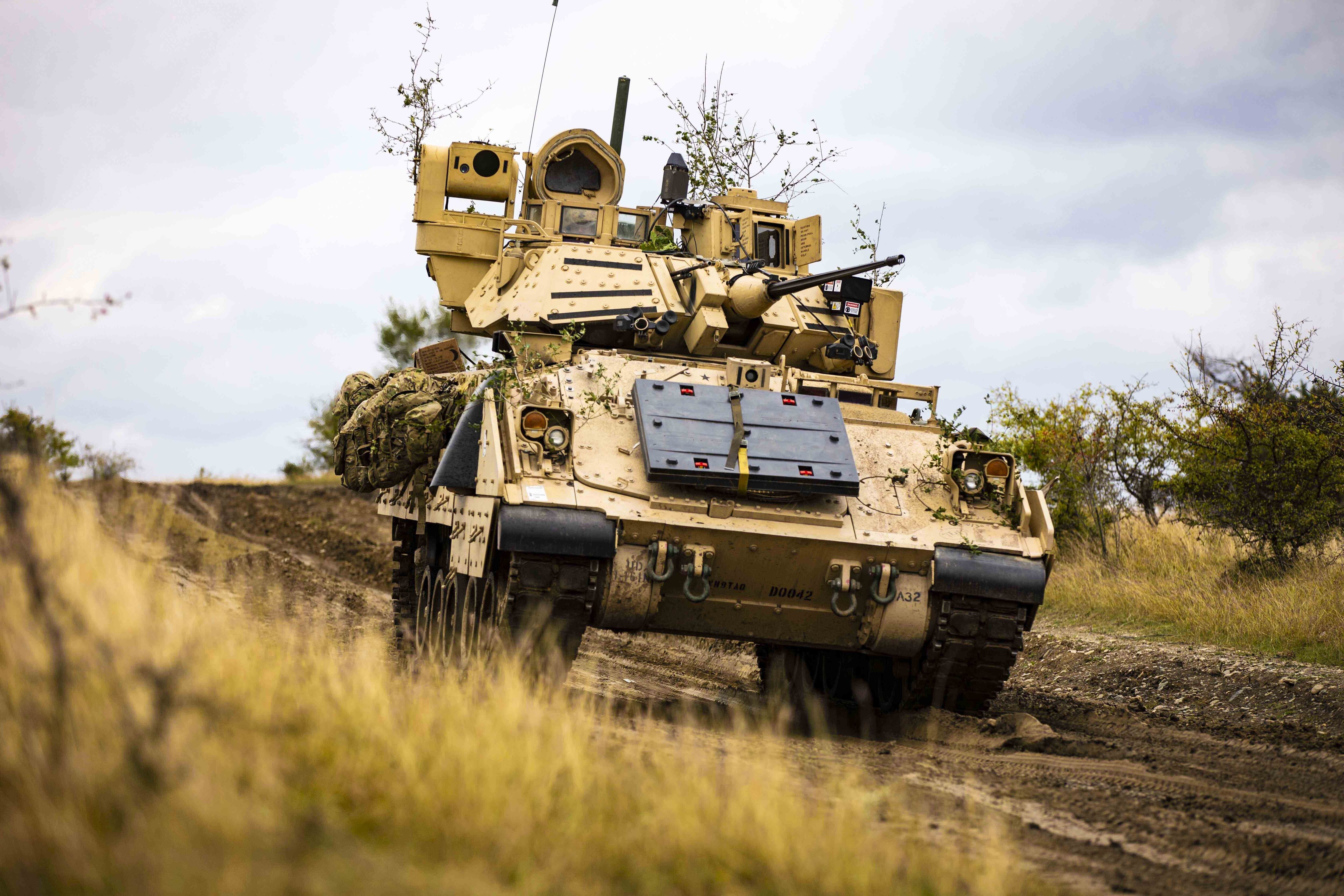
The Corps is back in the fight
For Cold War-era soldiers, the Army’s divisions and corps were what they were going to take to war.
Following the 9/11 attacks, the Army had to pivot.
And it made a big pivot, ripping apart its large-scale combat formation structure and reconfiguring the service as a brigade-centric Army, said retired Lt. Gen.Thomas Spoehr, director of the Center for National Defense at the Heritage Foundation.
While the brigades were nimble and capable in the previous fight, they’re too small to take on heavily armored enemy divisions alone.
The biennial Army Warfighter Exercise this September — a 10-day “capstone training event” for both corps and divisions — will for the first time focus on joint forcible entry operations. That means soldiers will have to fight to get to the fight.
The Army’s I Corps out of Joint Base Lewis-McChord, Washington, will coordinate units as far-flung as the 25th Infantry Division out of Hawaii, the 4th ID out of Fort Carson, Colorado, and opposition forces and logistical components at Fort Leavenworth, Kansas, and Fort Lee, Virginia, respectively.
Back in 2020, the Army resurrected V Corps in Europe, which was deactivated seven years before both to cut overseas stationing costs and to provide manpower and capabilities for the Global War on Terror missions.
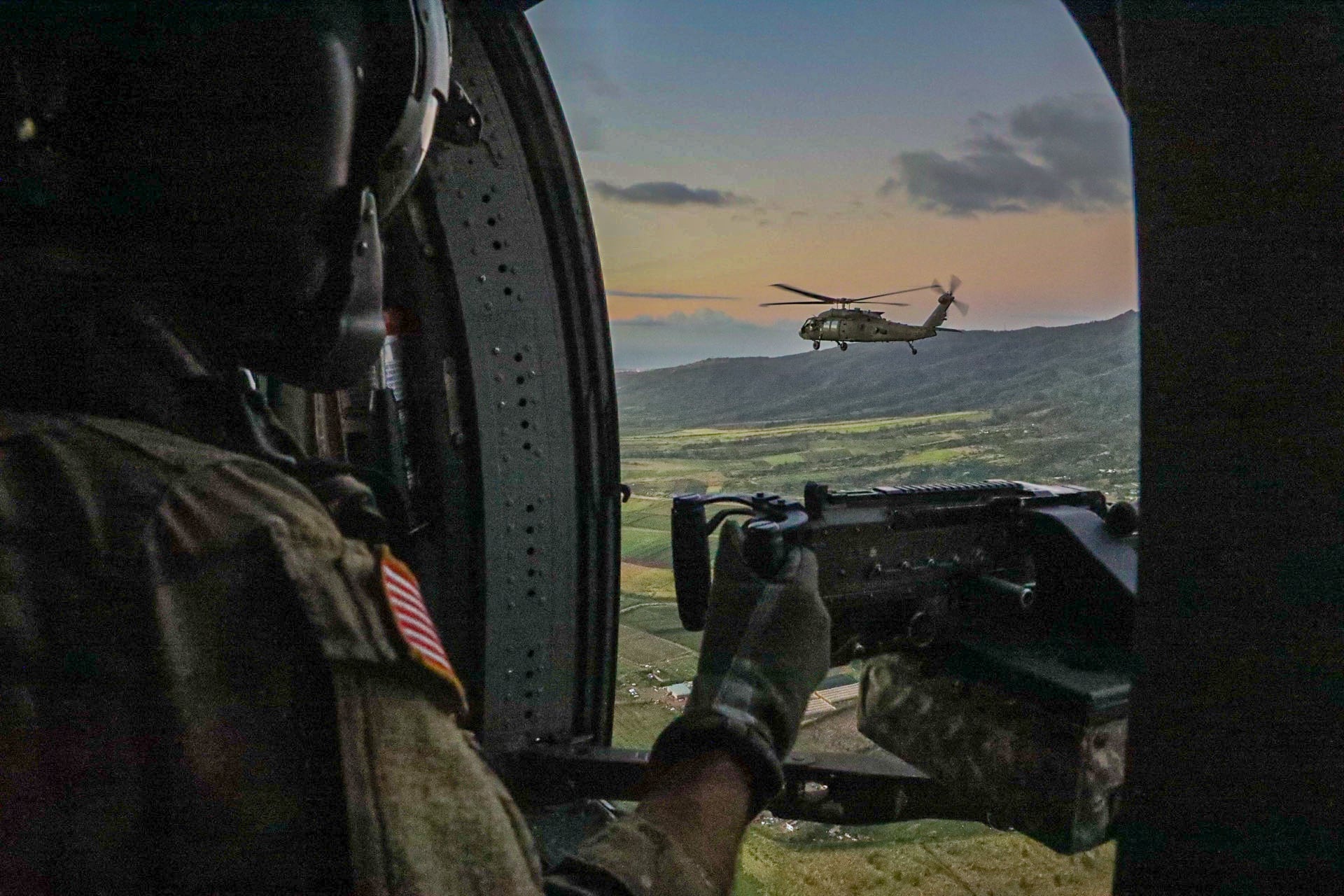
But the Army is taking a different approach to how the corps controls the fight than in the Cold War.
In the Pacific, I Corps teams are going out to establish command, Brig. Gen. Pat Ellis, I Corps chief of staff, told Army Times.
Ellis’s crew of two dozen soldiers flew four Strykers from JBLM to the Marshall Islands and then to Guam earlier this year. The soldiers offloaded the aircraft and boarded a pier-side ship, linking into the vessel’s communications to simulate how it would divvy up control of the Corps’ assets across the theater. At the start of the fight, those assets will stretch from California to as far as Japan and Australia.
The experiment connected corps staff via the computing cloud to stay linked-in regardless of their time zone or platform – tent, ship or Stryker.
“If you have to unplug and the commander loses situational awareness for days or hours as they move about the theater, it kind of wastes time,” Ellis said.
It’s all about the data, Ellis said. And not just moving it around but what’s needed by what entity and when they need it.
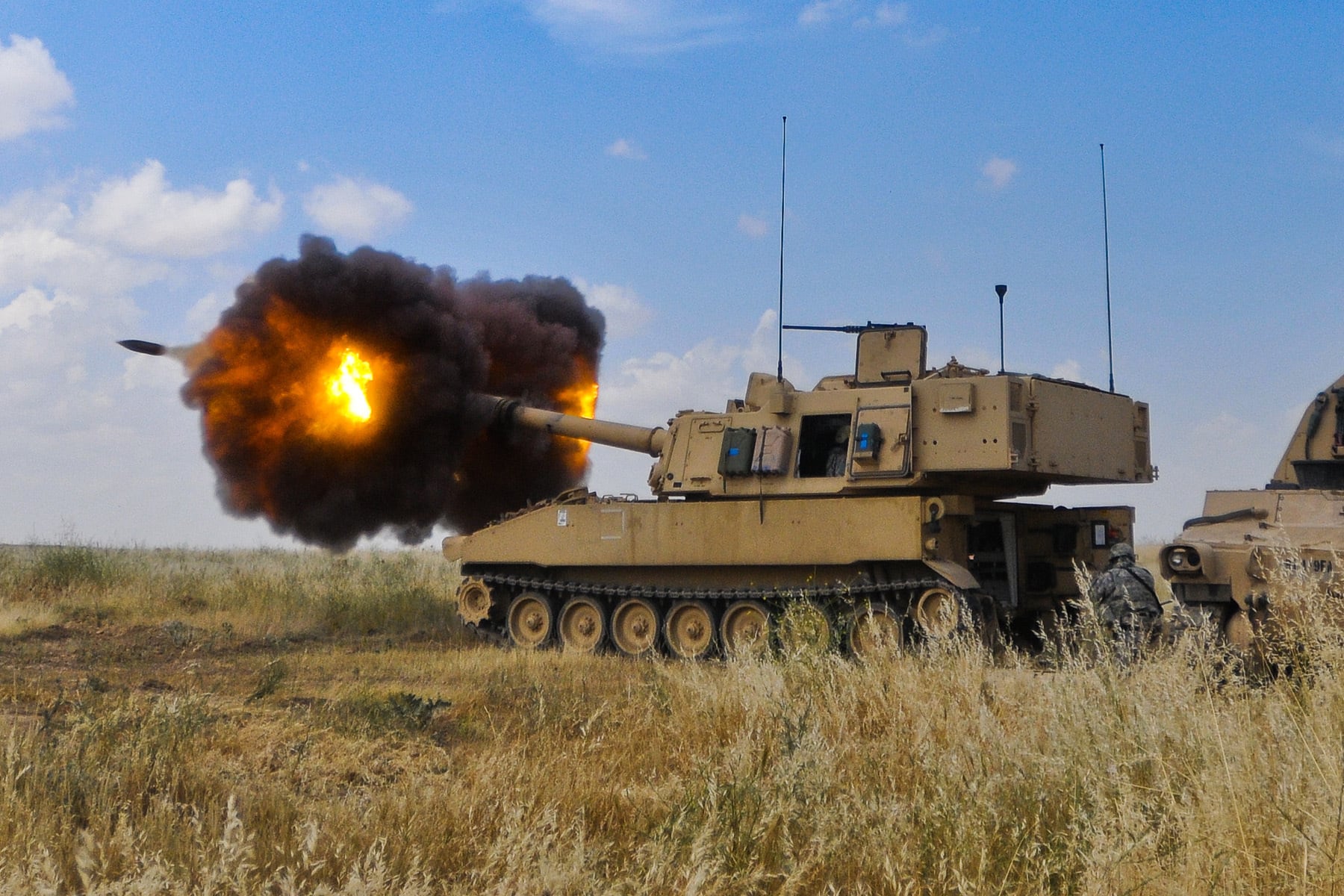
Future iterations of the Corp-level disparate C2 might be much larger, he said. But they’ll still be in small, spread-out teams, not in 600-soldier command posts. An experiment this summer will push out more nodes with the ultimate goal of running three to five nodes across the theater.
As dry as it might sound to trigger-pullers, the real work for Ellis and others will be getting the processes down. Frankly, he said, soldiers are comfortable working in large centers, being able to talk directly with their counterparts and support staff. That just won’t work in this new fight.
The re-established V Corps in Europe didn’t get time to rest after reforming less than two years ago. After limited multi-domain exercises last year, V Corps got a sample of the Great Power Competition that drove its re-establishment.
In early March, as the war in Ukraine continued to ramp up, 300 V Corps soldiers deployed as the main headquarters to both Germany and Poland for command and control of U.S. soldiers on the continent.
The Corps’ primary mission was to coordinate with Polish and German forces, as they’d do in a joint fight.
Division cavalry and the Corps
Cavalry soldiers will start a pilot program this year to conclude in 2024 that could be the template for the future of Army division scouting.
Maj. Gen. John B. Richardson laid out the work that 1st Cavalry Division has been doing at Fort Hood, Texas, to modernize the Army’s division at the 2022 Maneuver Warfighter Conference at Fort Benning, Georgia, in February.
The newly named “Penetration Division” concept looks to fill gaps that arose over the past two decades of counterinsurgency and counterterrorism wars that focused instead on the brigade as the center of Army force deployment.
And Richardson shared at least 17 “critical gaps” in the current division design.
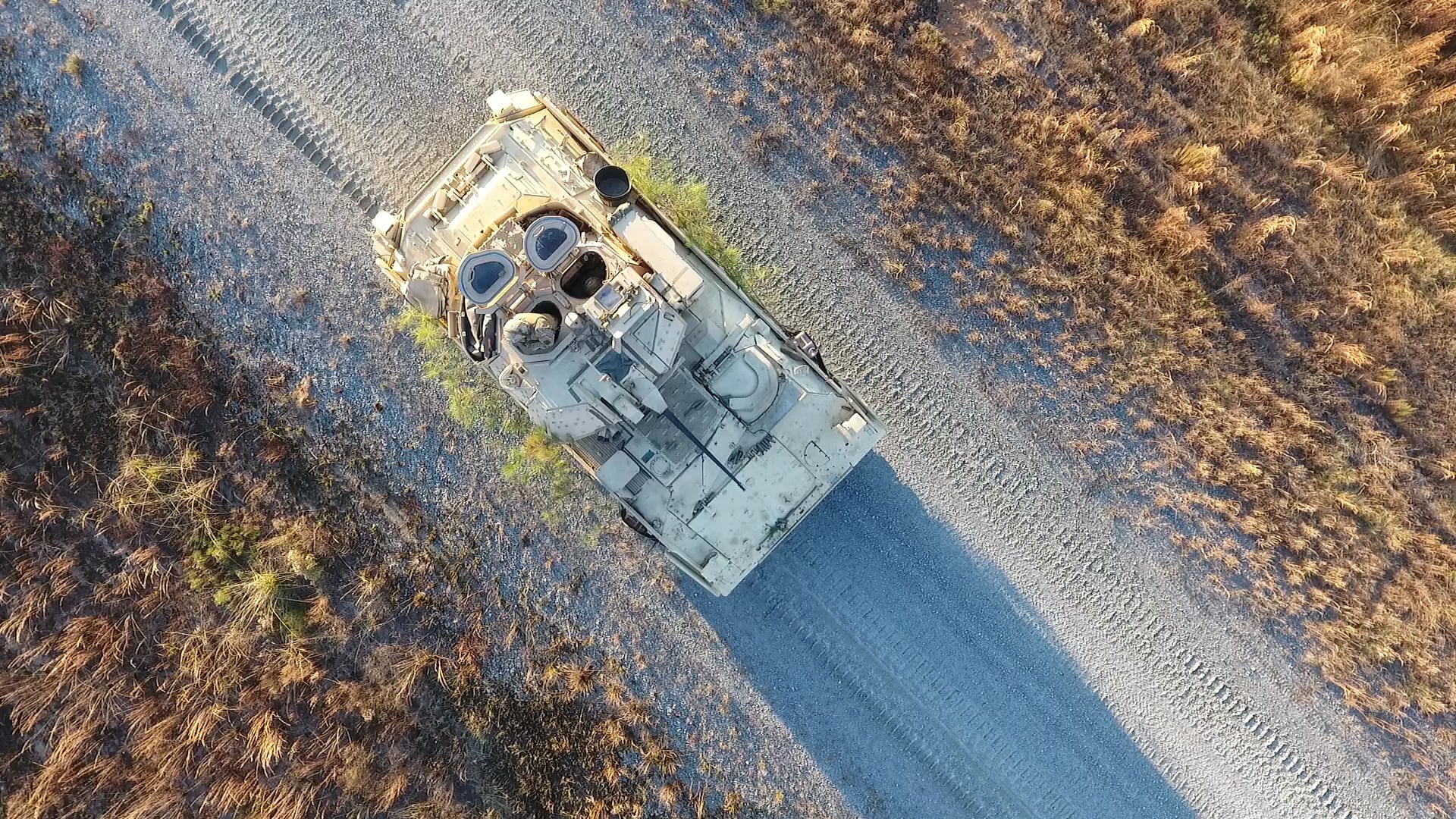
These include shortages or non-existent capabilities in these areas: adequate tactical mobility to sustain, move and survive; deep sensing; long-range fires convergence; sufficient attack and reconnaissance aviation assets or air assault at the scale for large combat operations; brigade-level organic electronic warfare capability; division-level, mobile, short-range air defense or air defense artillery; division-sized bridging capabilities; and a paltry ability to shape the deep fight with existing long-range fires.
Dougherty questioned the value of armored ground reconnaissance survivability with the availability of low-cost drone strike capabilities. Though he qualified his criticism, saying that there may be aspects he’s not fully considered.
“There are a whole lot of other ways to do reconnaissance that don’t involve sending out a platoon of tanks or Bradleys,” he said.
The purpose of a cavalry squadron, Richardson said, is to enable the division to contact the enemy “on our terms” in large-scale combat. The squadron will continue being the “eyes and ears” of the division.
The idea is to first “penetrate” with long-range fires and then push units out to disintegrate the enemy’s defenses.
Success requires follow-through. That’s where Richardson sees division cavalry’s contribution.
“Critical to a successful penetration is the execution of an exploitation, a type of offensive operation that follows a successful attack, designed to disorganize the enemy in-depth and win decisively,” Richardson said.
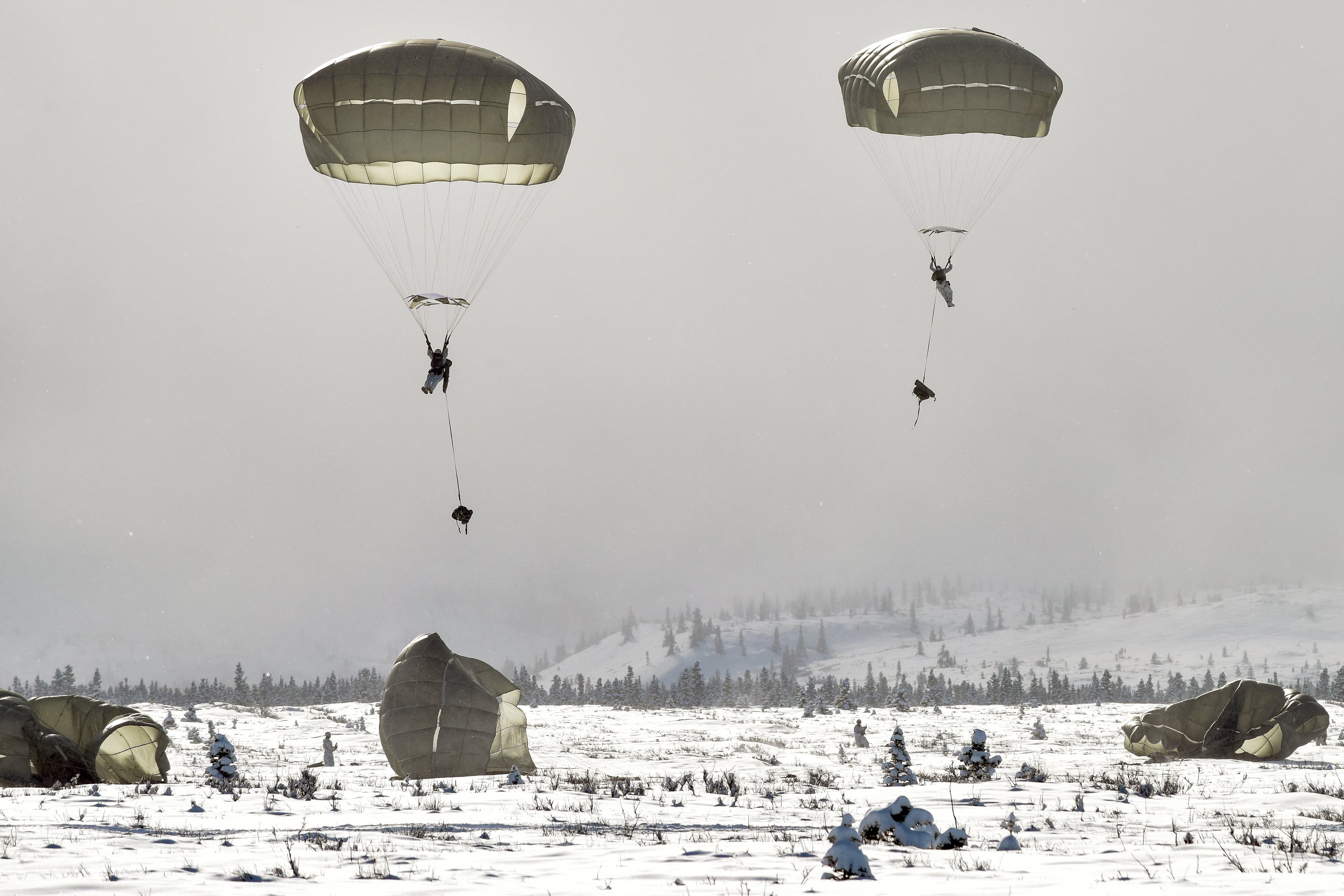
The key is speed, momentum and leveraging multi-domain capabilities to reveal enemy positions, he said.
The draft plans would split armored brigade combat teams and cavalry squadrons into separate pieces. The cavalry squadron will hold about 947 soldiers and will detach from its current place within the brigade structure. The armored brigade would hold an armored cavalry troop of 182 soldiers along with six battalion scout platoons of three dozen soldiers each and associated support units.
The squadron would also see two more air cavalry troops that would provide more deep reconnaissance and operational reach. And each brigade will have its own armored cavalry troop as part of its reconnaissance and surveillance assets.
“We will build, reorganize, train and certify this division cavalry during my tenure and pass before fiscal year 2024,” Richardson said.
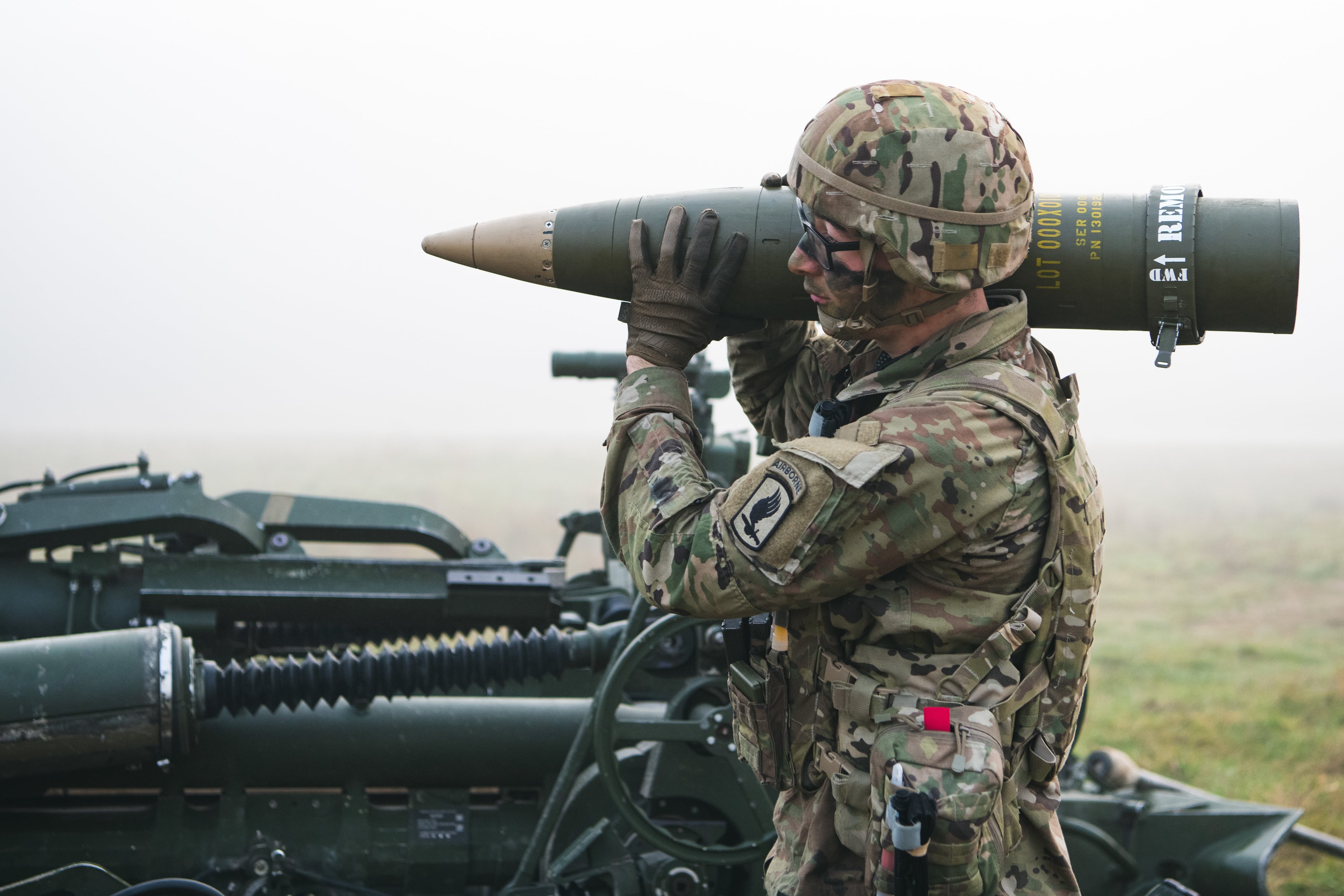
Fires units
The Army’s number one modernization priority, in case you hadn’t heard, is long-range precision fires. And the technology they’re bringing to bear on that problem will require new units.
In early March, at an event at the Center for Strategic and International Studies, Army Chief of Staff Gen. James McConville referenced two dozen modernization projects that soldiers will see in the regular Army by 2024.
Topping that list were fire platforms and units.
“We’re going to have a hypersonic missile battery in 2024,” the four-star said.
Other fires formations include a mid-range missile that can sink a ship, a Precision Strike Missile battery and an Extended Range Cannon Artillery battery, which is a farther-ranging howitzer unit, all also expected by 2024.
“They could sink ships, they can penetrate into the force, they can be augmented with air and missile defense and provide anti-access, area denial,” McConville said. “I can envision them providing no-fly and no-sail areas.”
Recent advances in ammunition and platform technology have doubled the ranges of conventional 155mm howitzer artillery, pushing out to more than 65km.
The mid-range missile battery will plug a gap in Army long-range fires between the long-reaching hypersonic missiles and the soon-to-arrive Precision Strike Missile, which reaches nearly 500km.
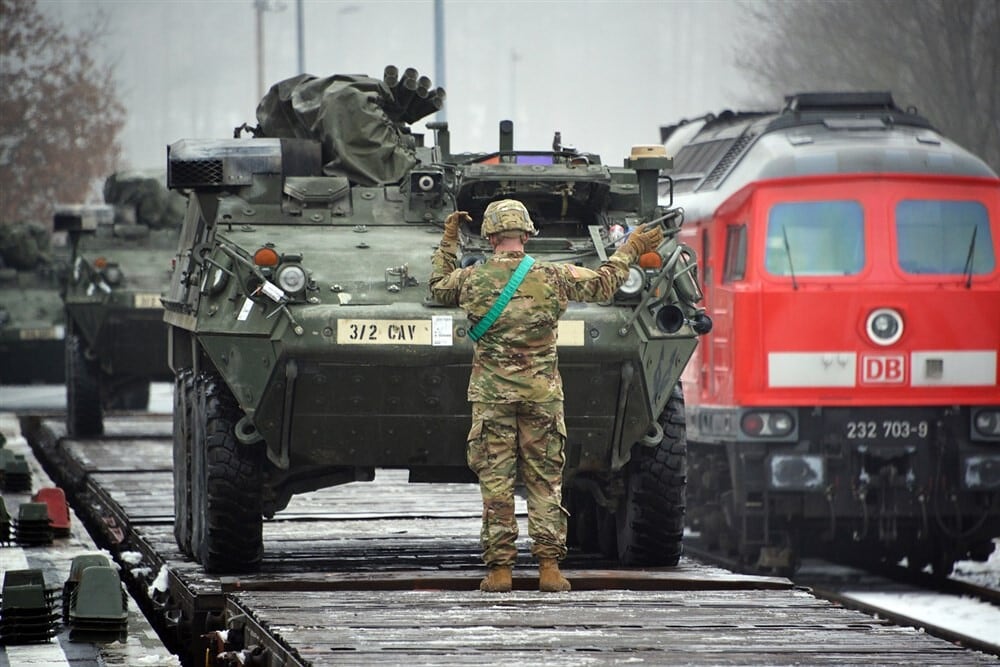
Multi-Domain Task Force
The newest of the formations, one that breaks from simply adding new equipment or shifting personnel around the echelons, are the Multi-Domain Task Forces.
The task force structure now houses an air defense battalion, brigade support battalion and strategic fires battalion with rocket, mid-range fires and long-range hypersonic batteries.
A unique piece is its intelligence, information, cyber, electronic warfare and space battalion, which holds military intelligence, signal, extended-range sensing/effects and information defense companies, according to official documents.
The task forces serve a vital role as the Army moves forward, whether they become permanent units or dissolve into the larger Army construct in coming years, Spoehr said.
A 36-year Army vet, Spoehr noted that his service can be quite tribal. Each branch can become siloed and see new equipment or tactics only from their previous experiences.
“I think [MDTFs are] a vehicle for change,” Spoehr said. The task forces allow the Army to see what’s possible at the Corps level.
McConville and other Army leaders have characterized these units as providing not just coordination for fires but “long-range precision effects.”
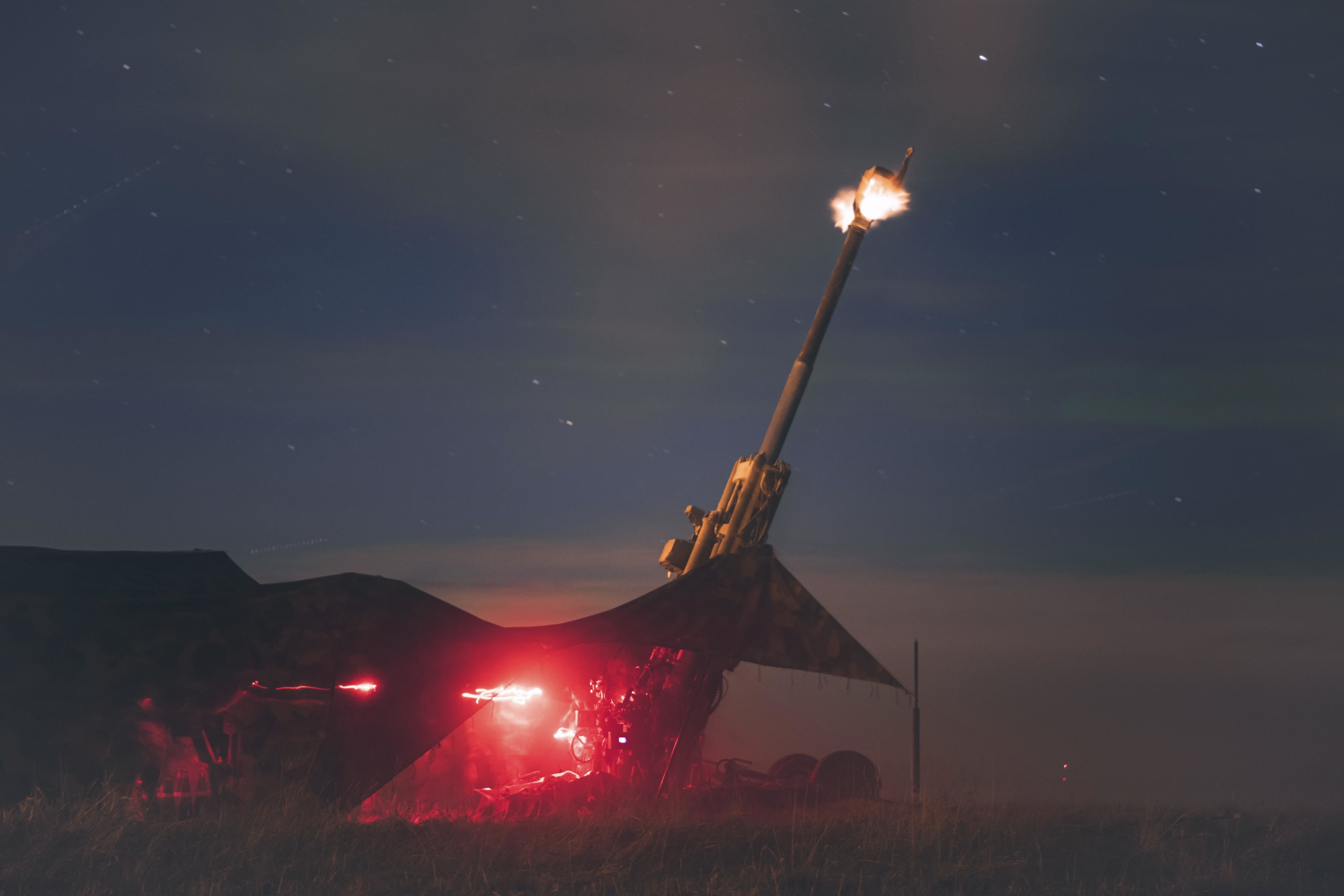
Plans call for these MDTFs to be dedicated to specific regions. Two will go to the Indo-Pacific, one to Europe and a fourth to the Arctic.
McConville said the service would stand up to five task forces.
A nascent version of the task force participated during the 2018 Rim of the Pacific Exercise. Pieces of that MDTF structure, mostly artillery and rocket forces, conducted fires exercises across multiple nations in September 2021 in Europe.
Mark Cancian, former chief of the Pentagon’s force structure and investment division, now a senior advisor with the think tank Center for Strategic and International Studies, sees the multidomain focus looming large in the Army’s thinking about its own future but not in the ways initially planned.
“I think the Army has developed a concept that’s less revolutionary than they initially thought,” Cancian said. “It may expand some of the capabilities at the division or corps level but for the brigade, battalion or company, it’s not going to make much of a difference.”
Beefing up Infantry brigade firepower
Infantry brigades built to fight insurgents and terrorists are outgunned in large-scale combat operations, experts said.
Current plans call for the Mobile Protected Firepower, or a 105mm cannon-carrying light tank battalion at the division level. The battalion would then farm out companies to each brigade, said Christopher Stone, deputy director of the Army’s capability manager for the infantry brigade combat team and retired colonel and career infantry leader.
And that decision came after a 2013 Operational Needs Statement from the 82nd Airborne Division and the XVIII Airborne Corps, which saw gaps in the formation’s firepower. The statement led to various developments and two years of experimentation and testing by the 82nd, using Marine Corps’ Light Armored Vehicles with 25mm cannons as surrogates for a light tank.
Soldiers ran scenarios in two experiments at Fort Bliss, Texas and another at the Joint Multinational Readiness Center in Germany.
What they found, Stone told Army Times, was that in an infantry brigade with as many as 39 companies the single light tank company consumed more than a quarter of the brigade executive officer’s resources.
So, instead of a company at the battalion level, designers instead shifted to a light tank battalion at the division level to help streamline getting firepower spread where it was needed most.
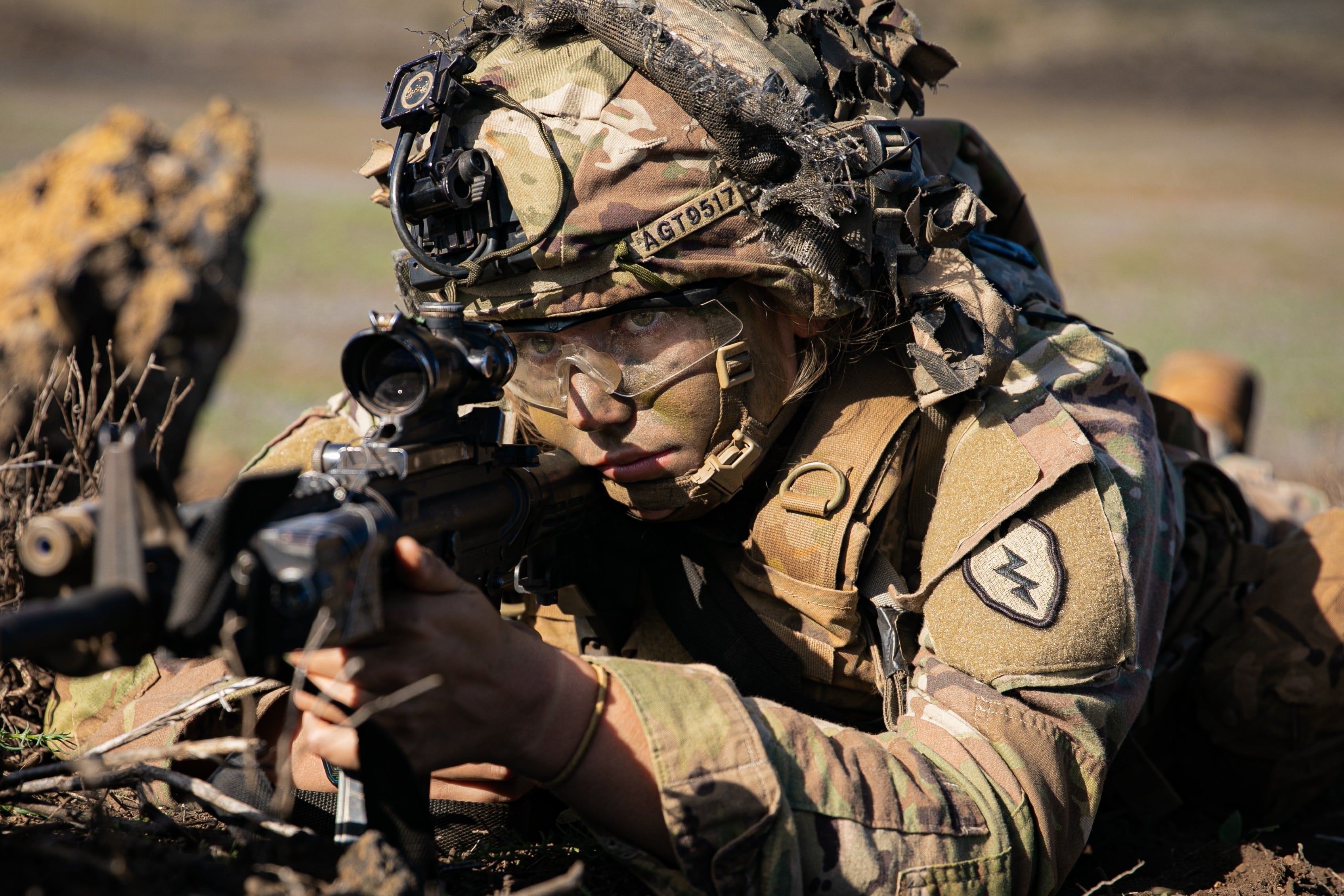
Dougherty, a former infantryman, said infantry brigades absolutely need more speed, protection and firepower. But that won’t radically change what they can do against heavy divisions of the enemy.
“If you’re a super light infantry force and you encounter a large formation of main battle tanks, okay, ‘we’re going to launch a bunch of Javelins then we’re getting the ever-loving heck out of here,’” he said.
Final decisions await big Army approval and a platform selection for the MPF, expected by June.
And work on the formation must start soon.
The 82nd Airborne Division, the 173rd Airborne Brigade and a not-yet-identified Army National Guard unit are expected to be the first IBCTs to receive the MPF, Stone said. The first will go to Fort Bragg, North Carolina by fiscal year 2025.
Modernizing armor
The existing armored brigades are seeing an overhaul and upgrade of their equipment, as well.
While that new gear flows to the force, maneuver center experts are developing the concept of an armored assault company that would house two Bradley platoons led by an armor lieutenant and a full crew of 19C MOS-holding soldiers with a kind of armor jack-of-all-trades training regimen, Maj. Gen. Patrick Donahoe previously told Army Times.
The upgraded systems are now converging at the 2nd ABCT, 3rd ID out of Fort Stewart, Georgia.
In less than a year, the brigade has seen more upgrades, testing and fielding than such a unit might have witnessed in a decade.
They’ve added: the Joint Light Tactical Vehicle; the M2A4 Bradley Fighting Vehicle; the M109A7 Paladin howitzer; the M1A2 Sepv3 Abrams tank; and also tested the Armored Multi-Purpose Vehicle.
Enlisted leaders Staff Sgt. Sebastian Grabacki, a combat engineer with 2nd ABCT, and Staff Sgt. Devin Lancaster, master gunner for the 3rd BN, 67th Armored Regiment, 2nd ABCT, told Army Times the new equipment is improving how their teams engage the enemy.
“Part of the qualification for gunnery, there is a multiple target engagement and before in the (Bradley) A3 variations you would not be able to immediately move from one target directly on to another,” Grabacki said.
But the new Bradley allows shooters to immediately acquire and fire on the next target, he added.
The M1A2 SEPv3 Abrams tank has the Common Remote Operated Weapons System, or CROWS.
The system adjusts for the right ballistic balance depending on the round, has newer thermal sights, better optics and other features that have pushed fires accuracy out by an additional kilometer.
Maj. Jeffery Jennings, the division’s chief of future operations, told Army Times that the recent technology won’t fundamentally change doctrine, but it provides enhancements.
“We’re retaining our competitive edge and fielding new capabilities that allow soldiers to do their jobs, their core competencies with improved efficacy,” Jennings said.
Todd South has written about crime, courts, government and the military for multiple publications since 2004 and was named a 2014 Pulitzer finalist for a co-written project on witness intimidation. Todd is a Marine veteran of the Iraq War.





